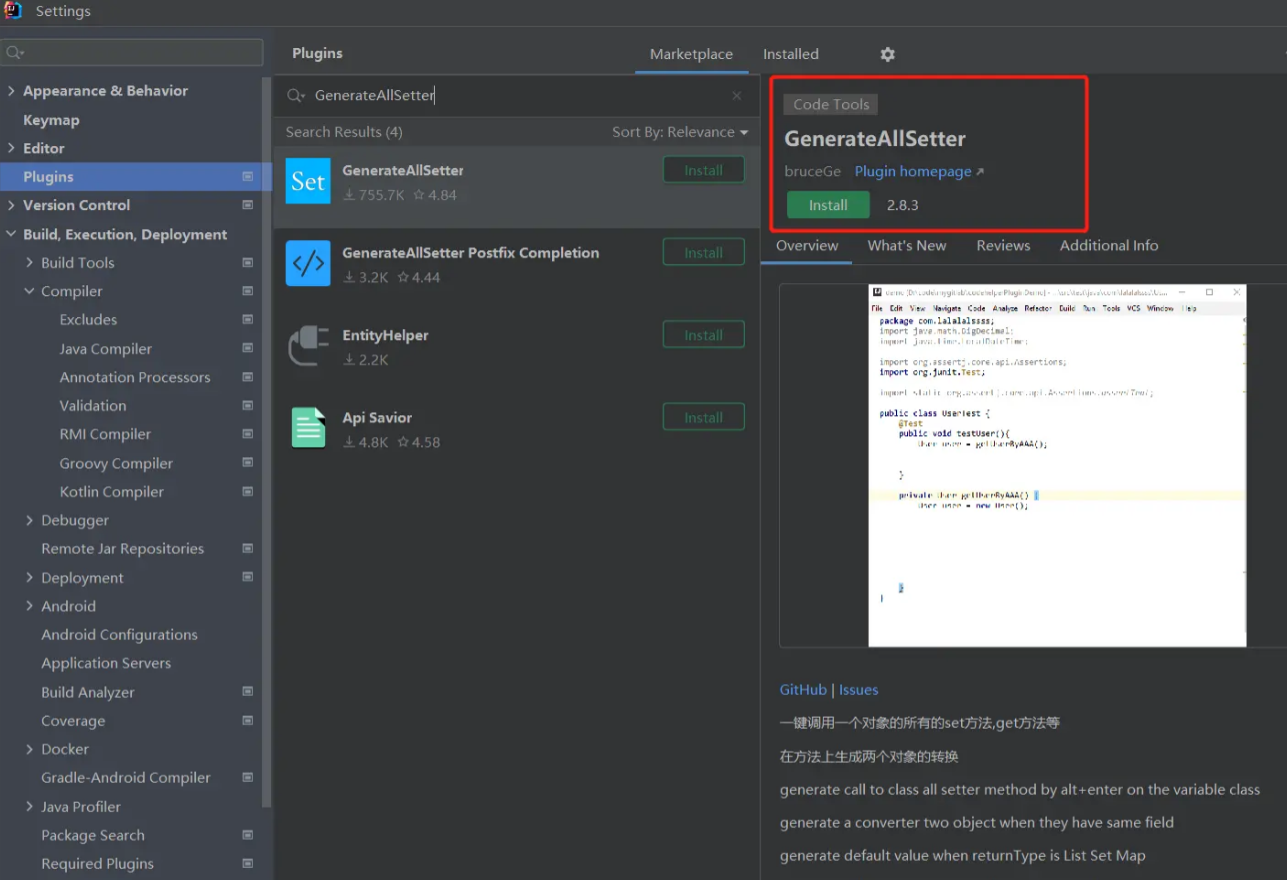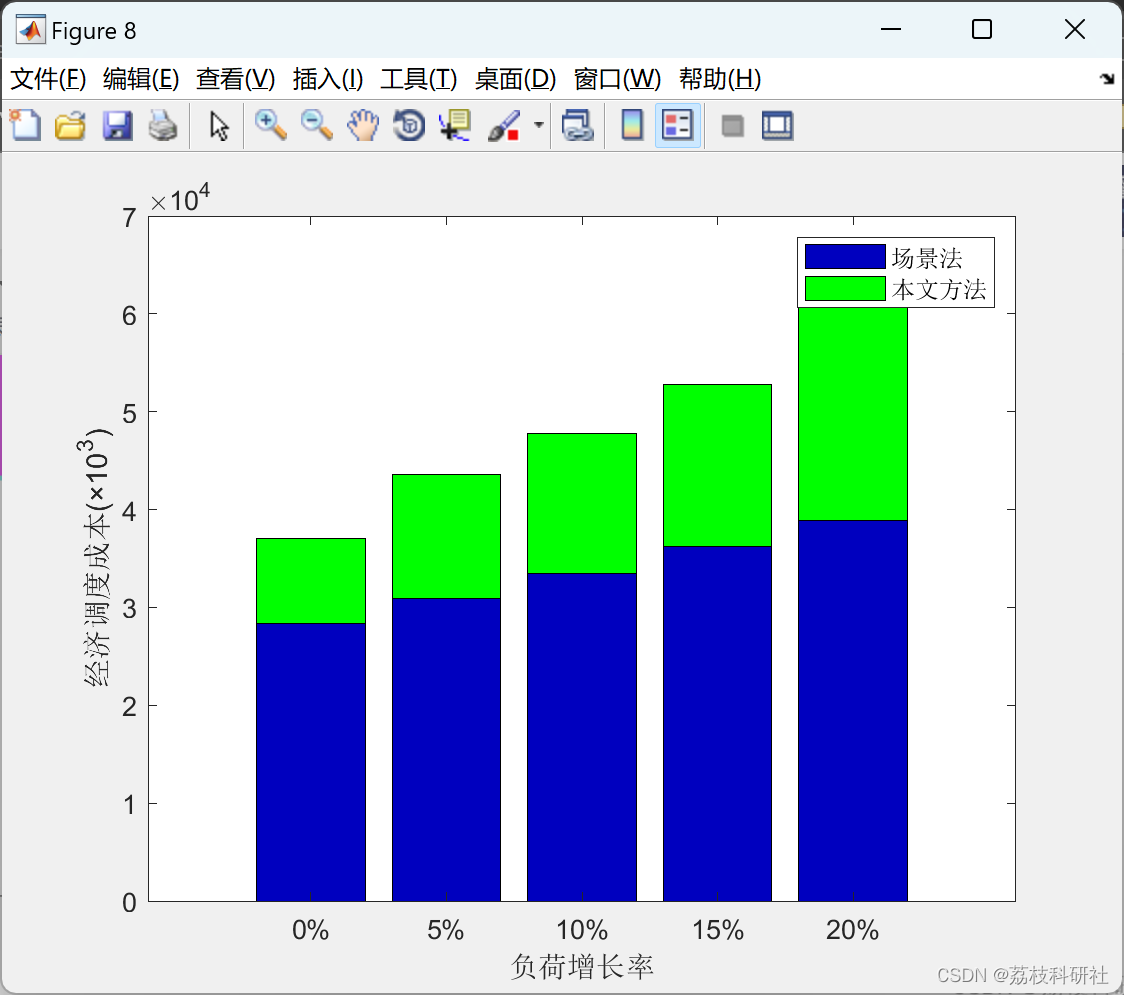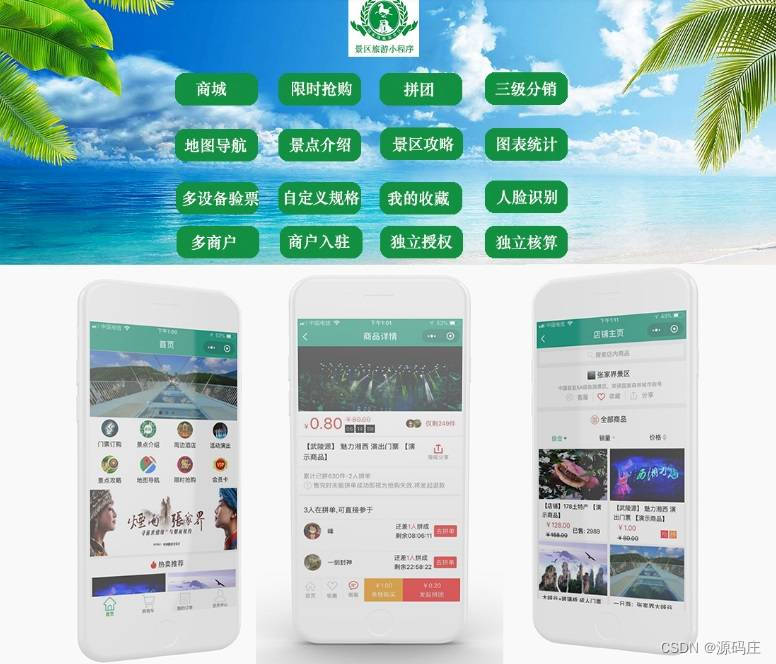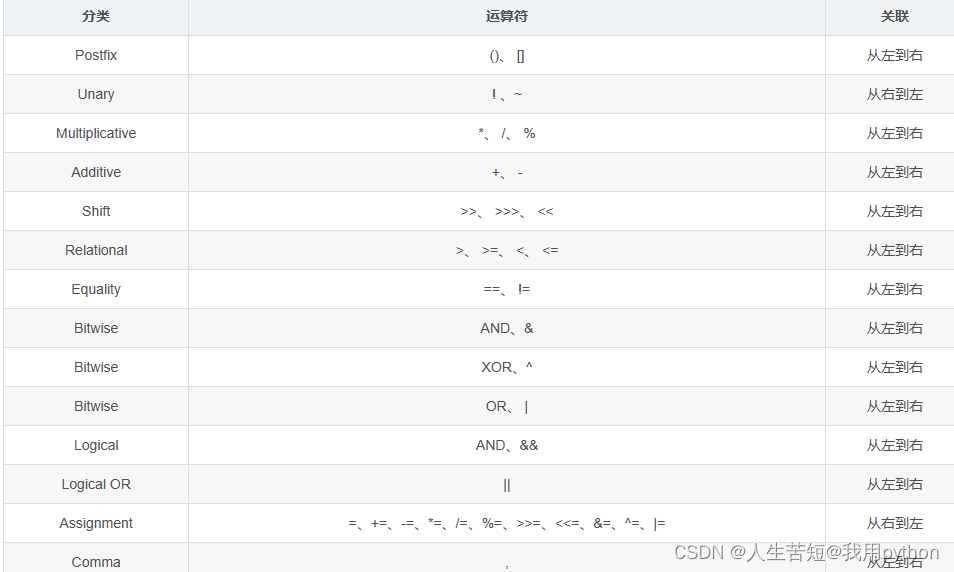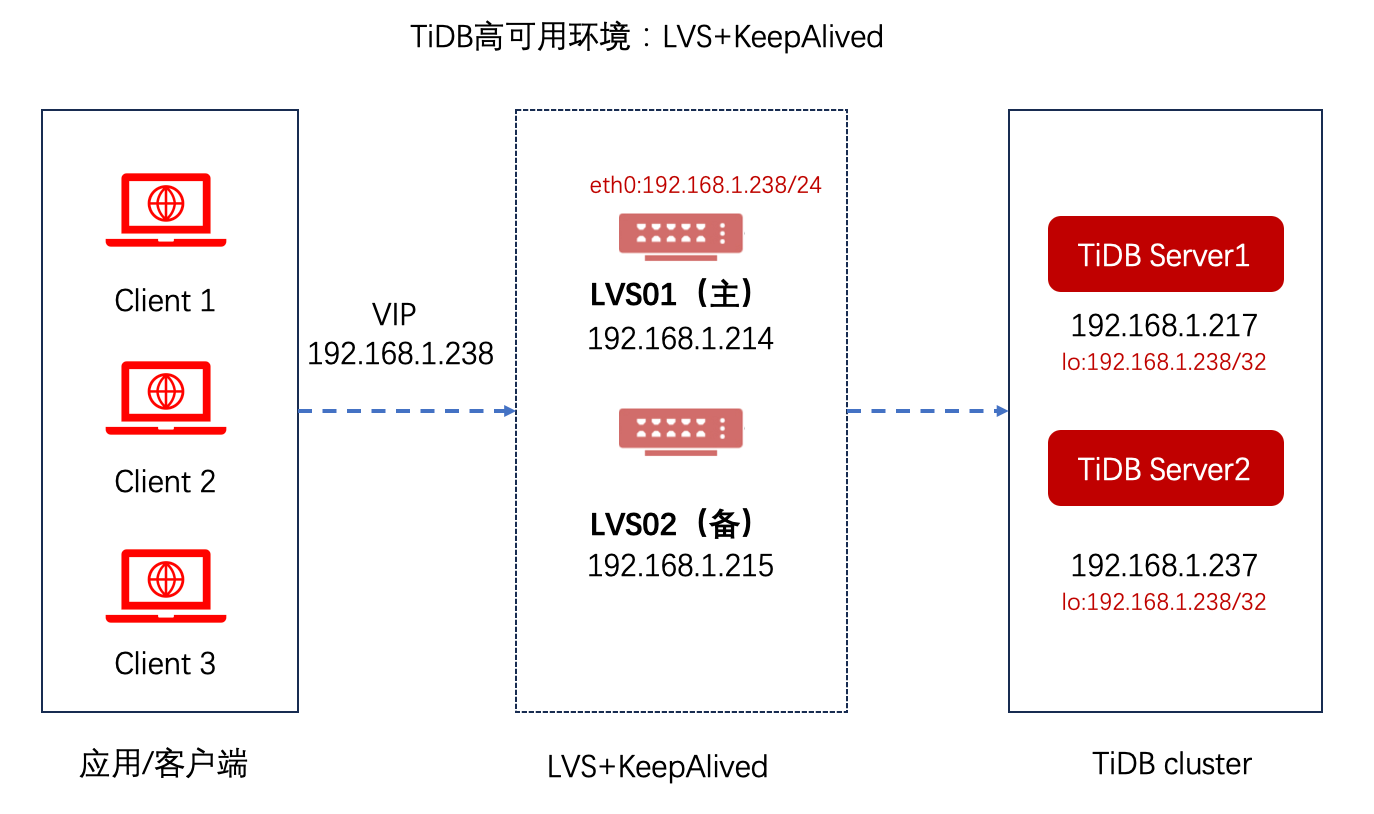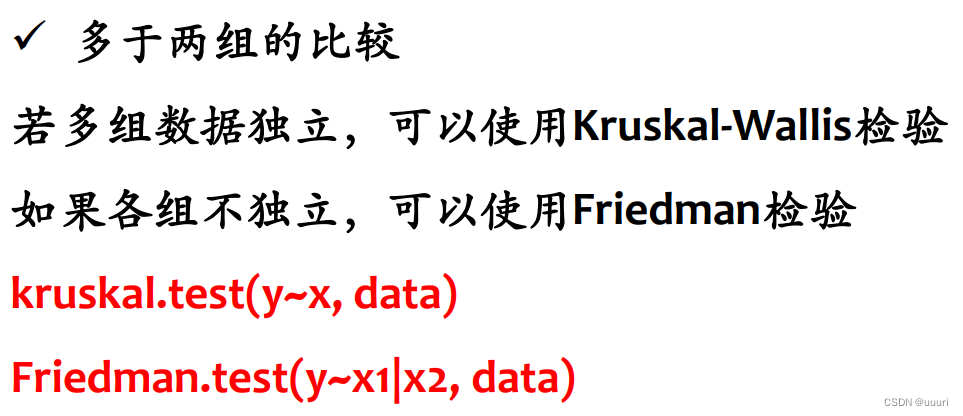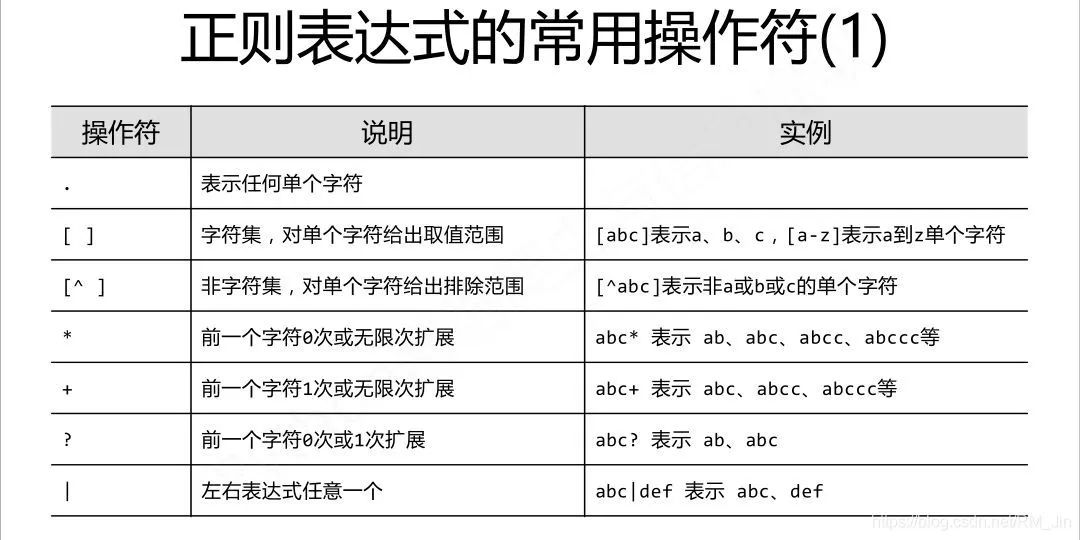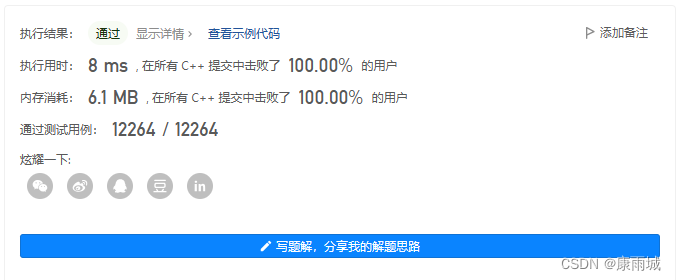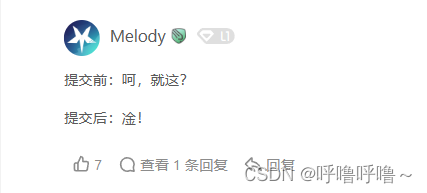Vue中如何进行游戏开发与游戏引擎集成?
Vue.js是一款流行的JavaScript框架,它的MVVM模式和组件化开发思想非常适合构建Web应用程序。但是,如果我们想要开发Web游戏,Vue.js并不是最合适的选择。在本文中,我们将介绍如何在Vue.js中进行游戏开发,并集成一些流行的游戏引擎。

前置技能要求
在阅读本文之前,你需要掌握以下技能:
- Vue.js:熟悉Vue.js基本语法和组件开发。
- JavaScript:了解JavaScript的基本语法和面向对象编程思想。
- HTML和CSS:了解HTML和CSS的基本语法和样式设置。
- 游戏开发:了解游戏开发的基本概念和流程,包括游戏引擎、游戏循环、游戏场景、游戏对象等。
如果你还不熟悉这些技能,可以先学习相关的教程和文档。
选择游戏引擎
在Vue.js中进行游戏开发,我们可以选择一些流行的游戏引擎,它们提供了丰富的功能和选项,可以大大简化游戏开发的流程。下面是一些常用的游戏引擎:
- Phaser:一个快速、免费、开源的HTML5游戏引擎,支持多种游戏类型和平台。
- Three.js:一个强大的WebGL库,可以创建3D场景和动画,并支持多种渲染器和控制器。
- Babylon.js:一个基于WebGL的3D游戏引擎,支持多种渲染器和物理引擎。
- Pixi.js:一个轻量级的2D渲染引擎,可以创建高性能的游戏和动画。
这些引擎各有特点,可以根据自己的需求进行选择。在本文中,我们将以Phaser为例进行介绍。
安装和使用Phaser
在Vue.js中使用Phaser,我们需要先安装Phaser库。可以使用npm安装Phaser:
npm install phaser --save
安装完成后,我们可以在Vue组件中使用Phaser。下面是一个简单的Phaser组件示例:
<template>
<div ref="game"></div>
</template>
<script>
import Phaser from 'phaser';
export default {
name: 'Game',
mounted() {
// 初始化Phaser游戏
const config = {
type: Phaser.AUTO,
parent: this.$refs.game,
width: 800,
height: 600,
scene: {
preload: this.preload,
create: this.create,
update: this.update
}
};
this.game = new Phaser.Game(config);
},
beforeDestroy() {
// 销毁Phaser游戏
this.game.destroy(true);
},
methods: {
preload() {
// 加载资源
this.load.image('background', require('@/assets/background.png'));
this.load.image('player', require('@/assets/player.png'));
},
create() {
// 创建游戏对象
this.add.image(400, 300, 'background');
this.player = this.add.image(400, 500, 'player');
},
update() {
// 更新游戏状态
const cursors = this.input.keyboard.createCursorKeys();
if (cursors.left.isDown) {
this.player.x -= 5;
} else if (cursors.right.isDown) {
this.player.x += 5;
}
}
}
};
</script>
<style scoped>
/* 游戏容器样式 */
div {
width: 800px;
height: 600px;
}
</style>
在这个组件中,我们首先引入Phaser库,并在mounted钩子函数中使用Phaser.Game类来初始化Phaser游戏。在Phaser游戏的配置对象中,我们指定了游戏类型、父元素、宽度和高度,以及游戏场景(包括预加载、创建和更新函数)。在组件销毁前,我们调用了Phaser.Game类的destroy方法来销毁Phaser游戏。
在methods中,我们定义了预加载、创建和更新函数。在预加载函数中,我们使用Phaser.LoaderPlugin类的load方法加载游戏资源,包括背景和玩家图片。在创建函数中,我们使用Phaser.GameObjectFactory类的add方法创建游戏对象,并将背景和玩家图片添加到游戏场景中。在更新函数中,我们使用Phaser.Input.Keyboard类的createCursorKeys方法获取键盘输入,并更新玩家对象的位置。
在template中,我们使用一个div元素作为Phaser游戏的父元素,并在mounted钩子函数中使用this.$refs.game获取这个元素的引用。
在style中,我们设置了游戏容器的宽度和高度。
集成其他游戏引擎
除了Phaser之外,Vue.js还可以集成其他流行的游戏引擎。下面是一个使用Three.js的Vue组件示例:
<template>
<div ref="game"></div>
</template>
<script>
import * as THREE from 'three';
export default {
name: 'Game',
mounted() {
// 创建Three.js场景
this.scene = new THREE.Scene();
this.camera = new THREE.PerspectiveCamera(75, 1, 0.1, 1000);
this.renderer = new THREE.WebGLRenderer();
this.renderer.setSize(800, 600);
this.$refs.game.appendChild(this.renderer.domElement);
// 创建游戏对象
const geometry = new THREE.BoxGeometry();
const material = new THREE.MeshBasicMaterial({ color: 0x00ff00 });
this.cube = new THREE.Mesh(geometry, material);
this.scene.add(this.cube);
// 更新游戏状态
this.animate();
},
beforeDestroy() {
// 销毁Three.js场景
this.$refs.game.removeChild(this.renderer.domElement);
this.renderer.dispose();
this.scene.dispose();
},
methods: {
animate() {
requestAnimationFrame(this.animate);
this.cube.rotation.x += 0.1;
this.cube.rotation.y += 0.1;
this.renderer.render(this.scene, this.camera);
}
}
};
</script>
<style scoped>
/* 游戏容器样式 */
div {
width: 800px;
height: 600px;
}
</style>
在这个组件中,我们首先引入Three.js库,并在mounted钩子函数中创建了一个Three.js场景。在场景中,我们创建了一个立方体对象,并将其添加到场景中。在游戏状态更新函数animate中,我们使用requestAnimationFrame方法循环更新立方体对象的旋转角度,并使用WebGLRenderer类的render方法渲染场景。
在beforeDestroy钩子函数中,我们删除了WebGLRenderer对象的DOM元素,并使用dispose方法释放了场景和渲染器的资源。
结论
在本文中,我们介绍了在Vue.js中进行游戏开发的方法,并集成了两个流行的游戏引擎Phaser和Three.js。在Vue.js中开发游戏,可以利用Vue的组件化开发思想和数据绑定机制,使得开发更加简单和高效。如果您对游戏开发感兴趣,不妨尝试一下在Vue.js中进行游戏开发。
